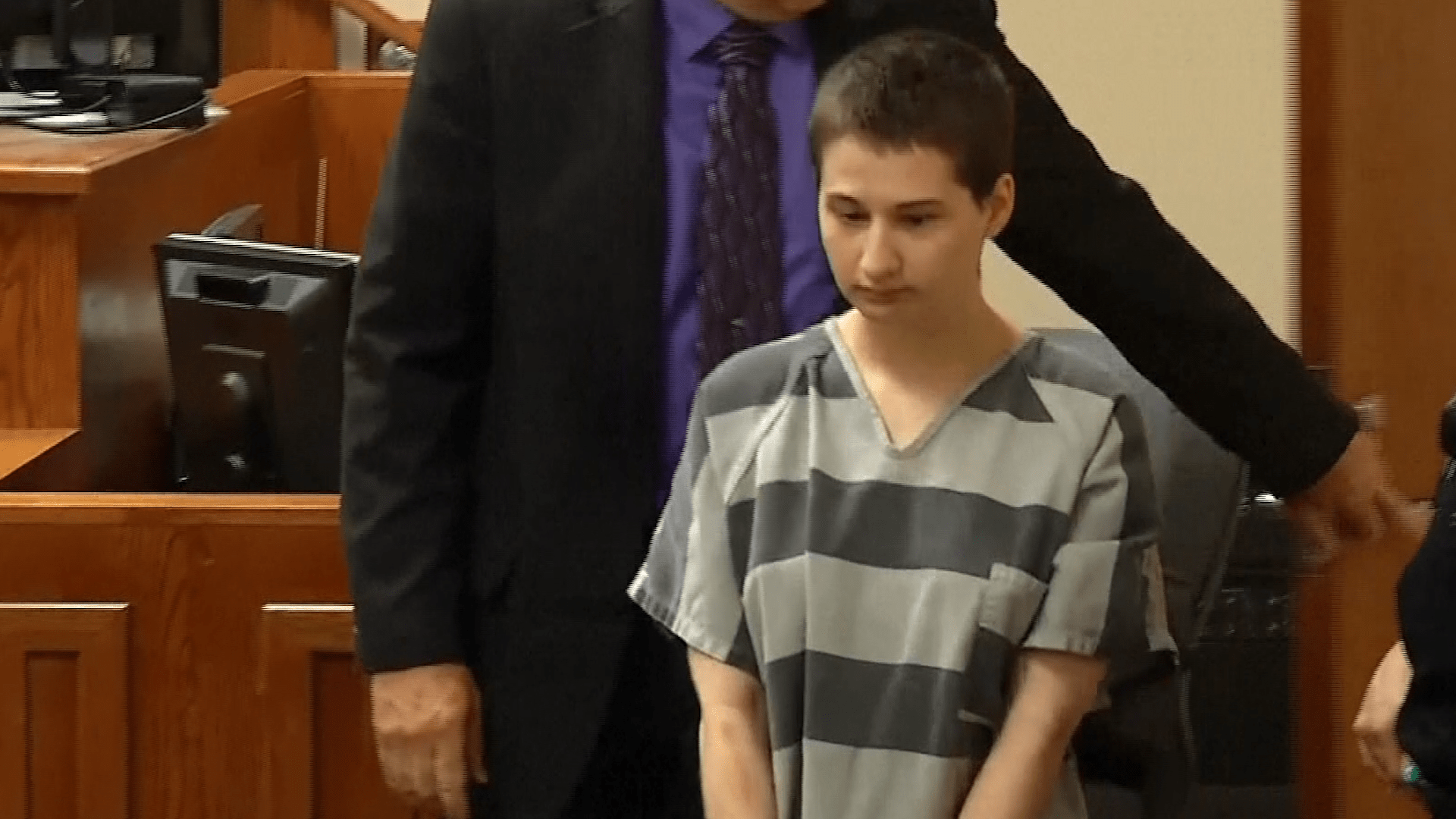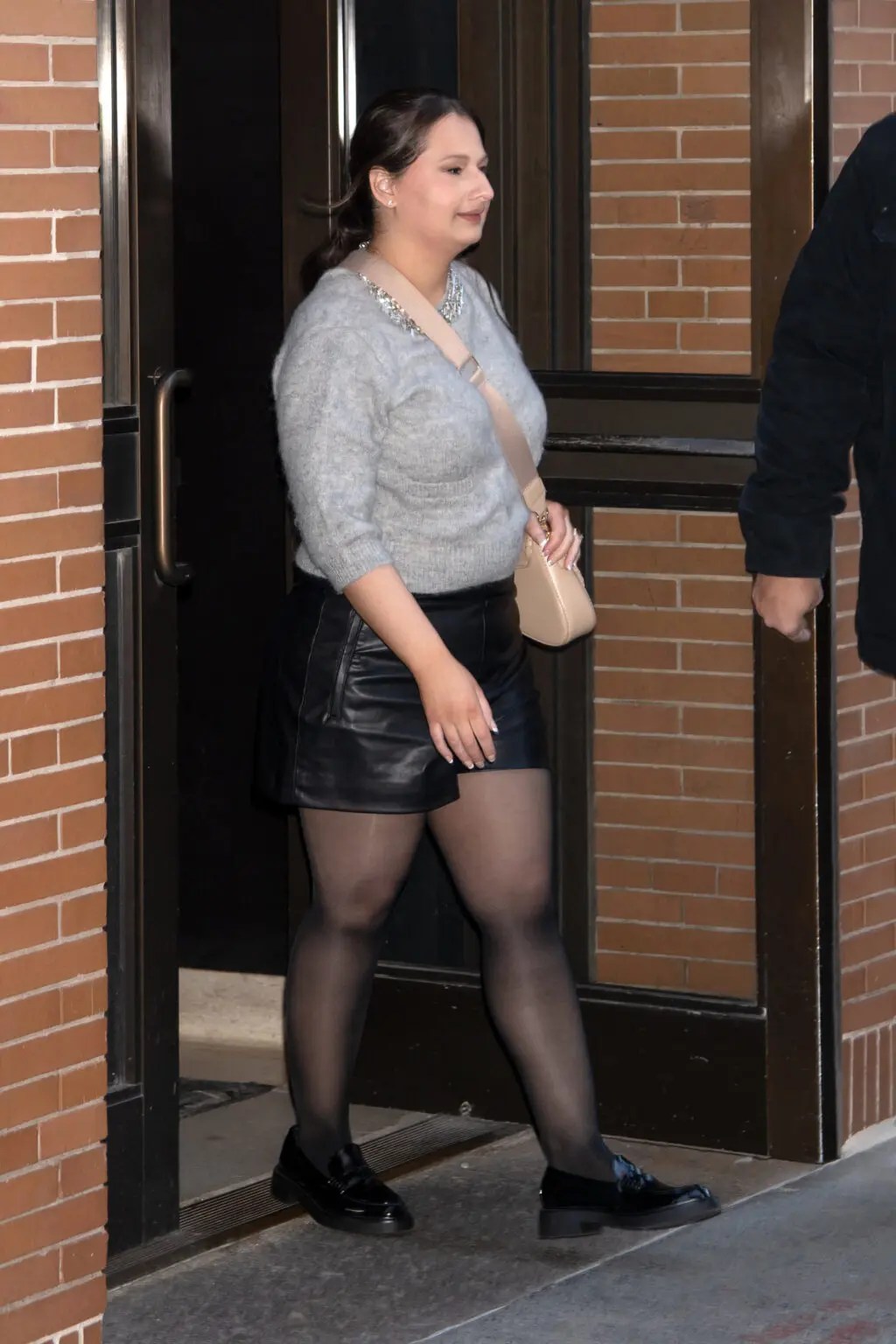Unraveling The Mystery Behind The Gypsy Rose Crime Scene Photo
The case of Gypsy Rose Blanchard is one that has captivated the public's imagination, not only for its shocking details but also for the emotional complexity surrounding it. The infamous crime scene photo connected to this case has sparked countless discussions and theories, leaving many people wondering about the circumstances that led to this tragic event. Gypsy Rose's life, intertwined with her mother Dee Dee's manipulation and abuse, paints a disturbing picture of a young woman trapped in a web of deceit and control. As we delve into the heart of this chilling tale, we will explore the crime scene photo, its implications, and the broader issues of abuse and mental health it raises.
Gypsy Rose's story is one of resilience in the face of unimaginable adversity, but it is also a stark reminder of the dangers posed by Munchausen syndrome by proxy. The crime scene photo serves as a somber testament to the events that unfolded, capturing a moment that would change the lives of many people forever. In this article, we will examine the key elements of the case, the crime scene photo's significance, and the lessons that can be learned from Gypsy Rose's harrowing journey.
As we navigate through the intricacies of this case, it is essential to understand the dynamics of Gypsy Rose's upbringing and the societal factors that contributed to her situation. The crime scene photo is not just a mere image; it encapsulates a narrative of manipulation, betrayal, and ultimately, the quest for freedom. Join us as we uncover the layers of this complex story and seek to answer the many questions that arise from the infamous Gypsy Rose crime scene photo.
What Happened to Gypsy Rose Blanchard?
Gypsy Rose Blanchard's life was marked by profound trauma. Born in 1991, she was raised by her mother, Dee Dee Blanchard, who suffered from Munchausen syndrome by proxy—an illness that led her to fabricate and exaggerate her daughter's medical conditions. Dee Dee convinced Gypsy and others that she had multiple health issues, including leukemia, muscular dystrophy, and developmental disabilities, which resulted in Gypsy undergoing unnecessary treatments and surgeries throughout her childhood. Gypsy's life was controlled by her mother's deceitful narrative, leaving her isolated and dependent.
Who Was Dee Dee Blanchard?
Dee Dee Blanchard was a complex figure, often described as both a caring mother and a manipulative abuser. Her actions were fueled by her need for attention and sympathy, which she received through her daughter's fabricated illnesses. Dee Dee maintained a façade of a devoted mother, often taking Gypsy to various doctors and hospitals, where she would present an array of false symptoms. This behavior not only affected Gypsy's physical health but also had severe psychological implications.
What Led to the Crime?
The culmination of years of abuse and manipulation reached a breaking point in June 2015, when Gypsy, then 23, took drastic action to escape her mother's control. With the help of her then-boyfriend, Nicholas Godejohn, Gypsy murdered Dee Dee in their home. The crime scene photo, which emerged later, depicted the aftermath of this tragic event, raising questions about the motivations and circumstances surrounding the murder.
What Does the Crime Scene Photo Reveal?
The Gypsy Rose crime scene photo provides a haunting glimpse into the moment that forever changed Gypsy's life. It captures not only the physical reality of the crime but also the emotional turmoil that Gypsy must have experienced. The image has been widely circulated and analyzed, becoming a focal point in discussions about the case. It serves as a reminder of the extreme measures Gypsy felt compelled to take to regain her autonomy.
How Has the Public Responded to the Crime Scene Photo?
The public's reaction to the Gypsy Rose crime scene photo has been polarized. On one hand, many empathize with Gypsy's plight and view her actions as a desperate attempt to escape years of abuse. On the other hand, some critics argue that the murder was unjustifiable, regardless of the circumstances. This division reflects the broader societal struggle to understand and address issues of domestic abuse and mental health.
What Lessons Can Be Learned from Gypsy Rose's Story?
Gypsy Rose's story, highlighted by the crime scene photo, presents an opportunity for society to reflect on the importance of recognizing and addressing abuse. It underscores the need for better awareness of Munchausen syndrome by proxy and the signs of manipulation that can occur within familial relationships. Furthermore, it emphasizes the importance of mental health support for survivors of abuse, as Gypsy's journey demonstrates the long-lasting effects of trauma.
Conclusion: Understanding the Impact of the Gypsy Rose Crime Scene Photo
In conclusion, the Gypsy Rose crime scene photo is more than just an image; it is a powerful representation of a life marked by manipulation, abuse, and ultimately, the quest for freedom. Gypsy Rose Blanchard's story serves as a reminder of the complexities of domestic abuse and the importance of addressing mental health issues in society. As we continue to engage in discussions about this case, it is crucial to approach it with empathy and an understanding of the broader implications it holds for many individuals facing similar struggles.
| Personal Details | Bio Data |
|---|---|
| Name | Gypsy Rose Blanchard |
| Date of Birth | July 27, 1991 |
| Place of Birth | Louisiana, USA |
| Parents | Dee Dee Blanchard |
| Significant Events | Murder of Dee Dee Blanchard (June 2015) |
| Current Status | Serves a 10-year sentence; eligibility for parole in 2024 |



ncG1vNJzZmivp6x7s7HBnqOrmZ6YtbjFzmeaqKVfnru0tcahq6xxX5zGsb%2FYZqmoq5VisLO1zJ5krJuVo7KxtM6tpmegpKK5